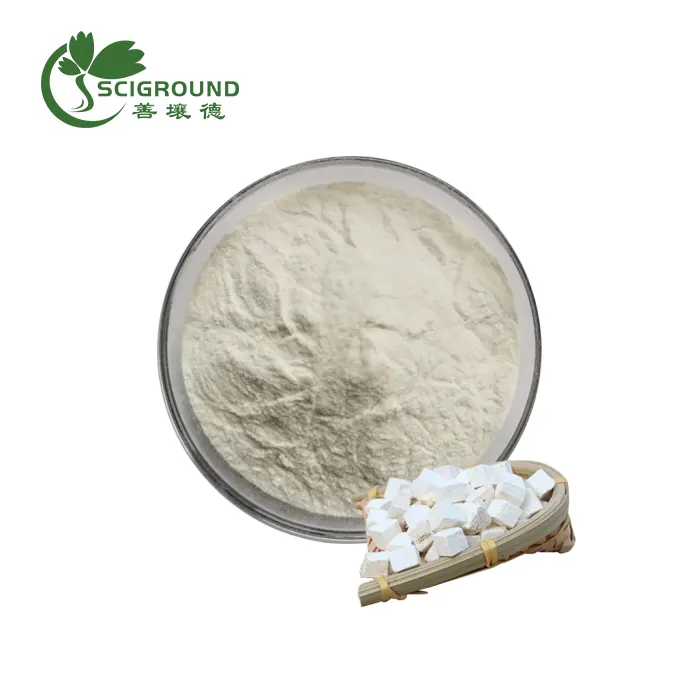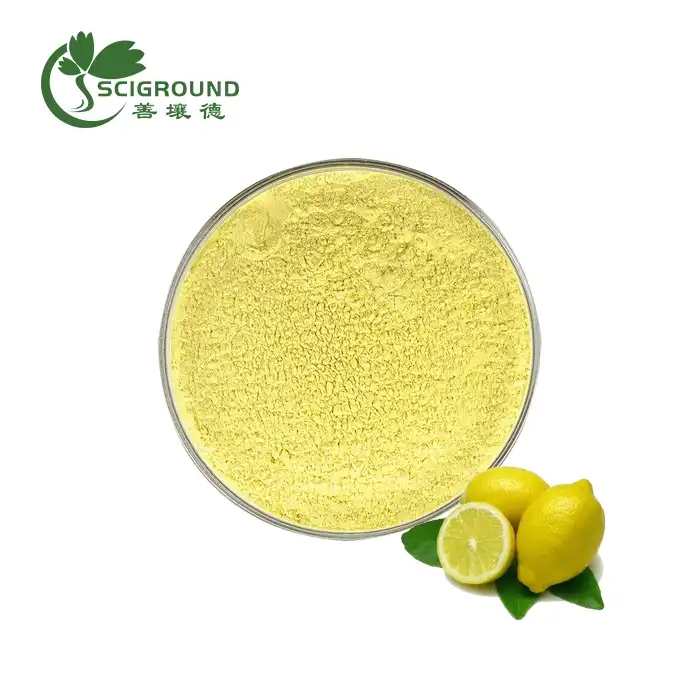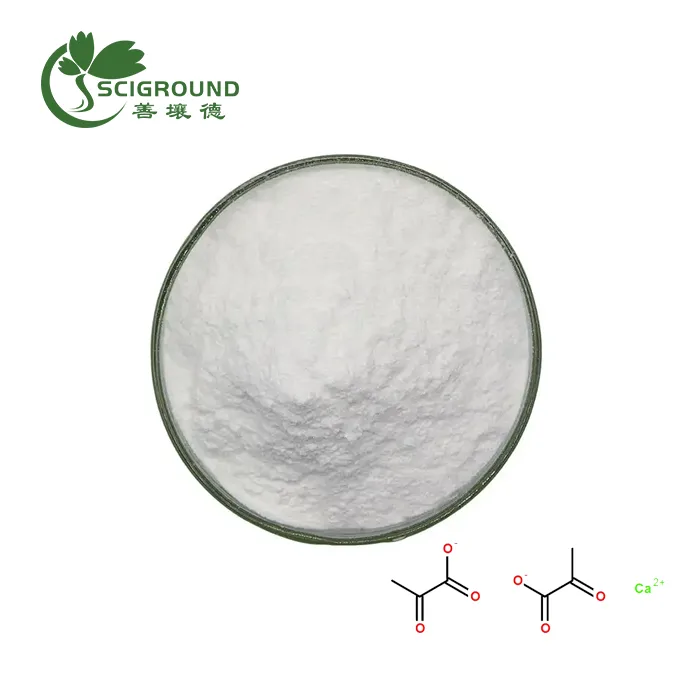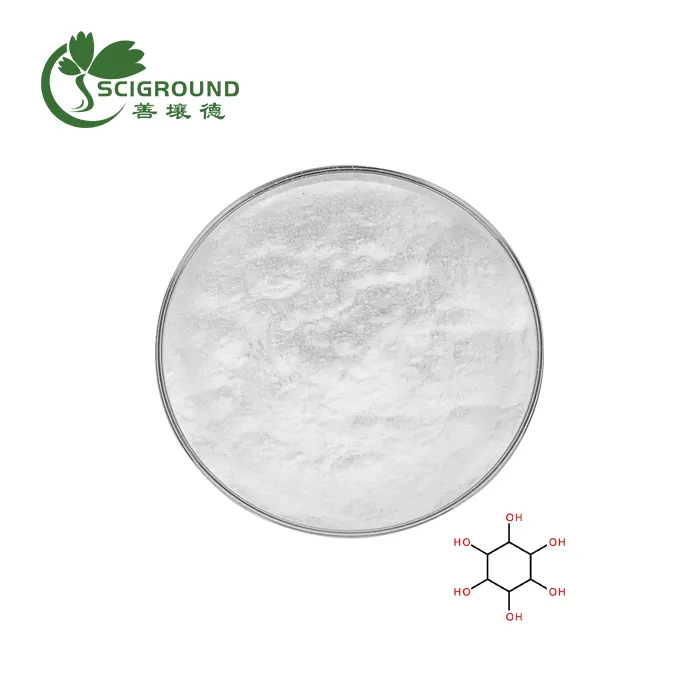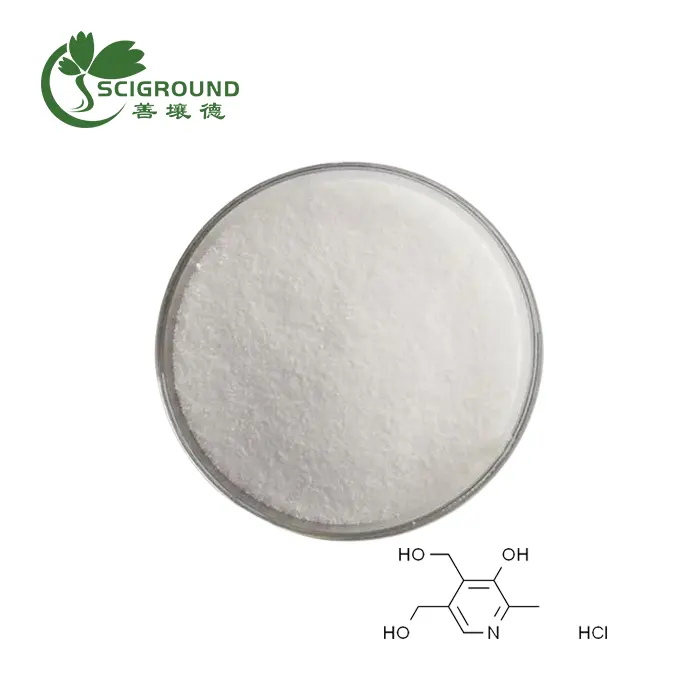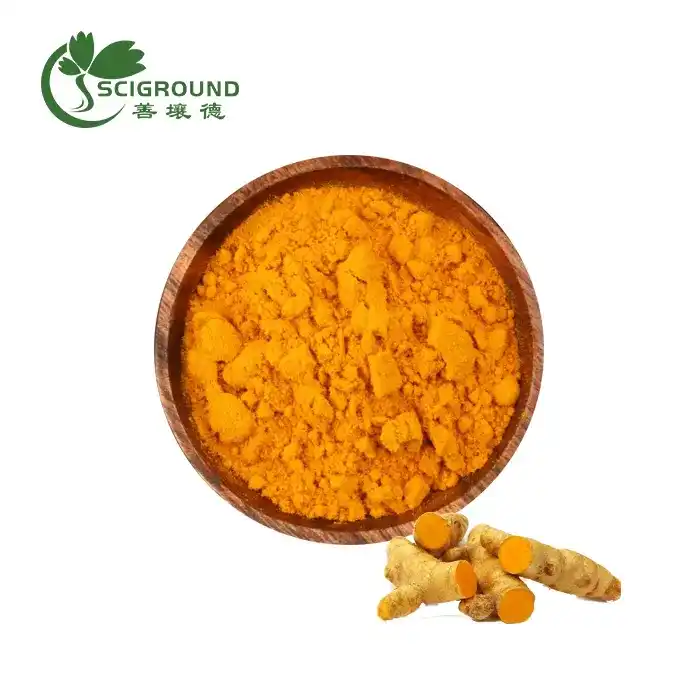What is capsaicin
In 1878, the chemical component known as capsaicin was first isolated in crystalline form from chili peppers. Soon after, it was found that capsaicin gave the mucous membranes a burning sensation. Additionally, it activated cutaneous nerve endings and enhanced gastric acid output. Capsaicin's molecular structure was partially revealed in 1919, and it was chemically synthesized in 1930. Japanese chemists first identified compounds like capsaicin from chili peppers in 1961 and gave them the term capsaicinoids.
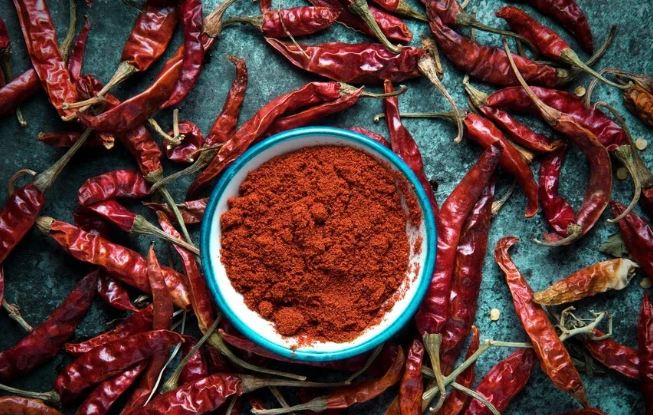
What is Capsaicin Good For?
Capsaicin is the active compound in chili peppers that gives them heat and a spicy kick. It offers a variety of scientifically-backed benefits:
Weight loss - Boosts metabolism and fat burning, reduces appetite and calorie intake (1).
Pain relief - Desensitizes pain receptors and acts as a topical analgesic with long-lasting effects (2).
Heart health - Helps improve cholesterol ratios, blood pressure, and other cardiovascular markers (3).
Anti-inflammatory - Demonstrates potent anti-inflammatory actions that may help treat inflammatory conditions (4).
Anti-cancer - Selective cytotoxic effects on cancerous cells show promise for future cancer treatments (5).
Thanks to its unique effects on pain receptors, metabolism and inflammation, capsaicin shows real utility in managing obesity, arthritis, neuropathy, heart disease, and possibly even cancer.
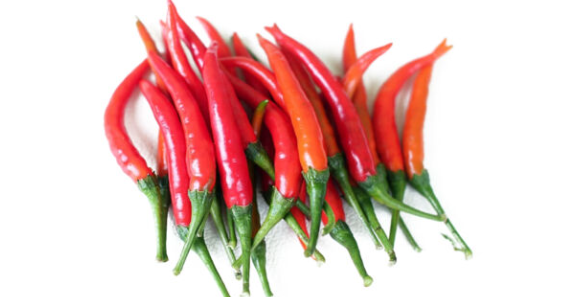
What is Capsaicin in Peppers?
Capsaicin is what gives all peppers of the capsicum genus their characteristic heat. It is produced as a secondary metabolite, meaning plants like chili peppers make capsaicin to serve a function, in this case deterring predators.
The highest concentrations of capsaicin are found in:
Habanero peppers - Up to 350,000 Scoville Heat Units (SHU)
Scotch bonnet peppers - 100,000 to 350,000 SHU
Thai chilis - 50,000 to 100,000 SHU
Cayenne peppers - 30,000 to 50,000 SHU
Jalapeño peppers - 2,500 to 8,000 SHU
The more pungent the pepper, the higher the capsaicin content. This defines a chili pepper's heat level and spiciness.
What is Capsaicin Cream Used For?
Topical capsaicin creams are commonly used to alleviate pain from conditions like osteoarthritis, back pain, neuropathy, psoriasis and fibromyalgia. Applied to the skin, pure capsaicin initially causes burning but eventually blocks pain perception, providing long-lasting localized relief (6).
Formulated at concentrations of 0.025% to 0.1%, prescription capsaicin creams are an effective alternative for those who want to avoid or reduce oral pain medication usage. However, capsaicin only provides symptomatic pain relief while on the skin.
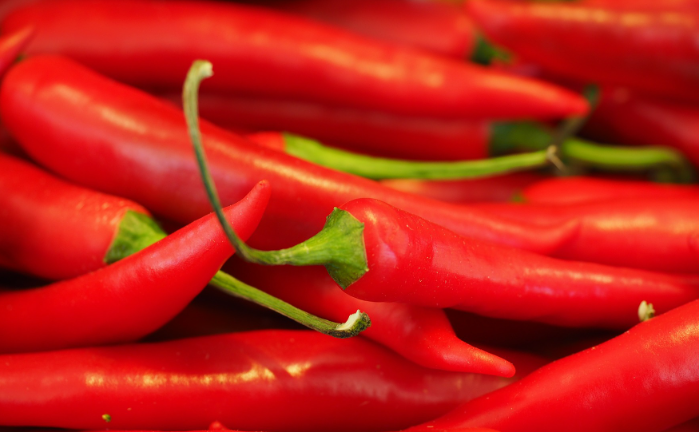
What is Capsaicin Found In?
In addition to peppers, capsaicin can also be found in:
Pepper/Chili Powders - Ground chili peppers provide a convenient way to add heat to dishes.
Hot Sauces - Sauces contain variable levels of capsaicin depending on the types of peppers used.
Chili Peppers Oils - Oils specially extracted from peppers offer very concentrated capsaicin.
Spicy Snacks - Flavored chips, crackers, nuts and popcorn can be made spicy with capsaicin.
Topical Creams - pure capsaicin powder is formulated into OTC and prescription topical pain relief creams.
Pepper Sprays - Law enforcement pepper sprays contain highly concentrated capsaicin for disabling effects.
Both natural and processed products utilize capsaicin from peppers to provide heat, pungency and analgesic effects.
What is Capsaicin in Food?
Many global cuisines use chili peppers to add spiciness and heat to dishes. Capsaicin is responsible for this pungency we perceive as spicy.
Foods that commonly include capsaicin are:
Curries - Chili peppers are central in spicy Indian and Thai curries.
Salsas - Chilis give Mexican salsa its heat.
Hot Sauces - Sriracha, Tabasco, Frank's Red Hot all use peppers.
Chili - Ground chilis add heat to traditional beef or turkey chili.
Wings - Buffalo and spicy chicken wings get their kick from capsaicin.
Chili Oils - Infused chili oils can be drizzled on dishes to add instant heat.
While capsaicin heat may not suit all palates, pepper-based spices improve flavor in moderation and provide health benefits.
What is Capsaicin Oil?
Pure capsaicin can also be extracted and concentrated into an intensely hot oil. Chili pepper oils contain capsaicin levels exceeding even the spiciest whole peppers.
Reasons to use capsaicin oil include:
Adding spiciness to dishes - A few drops provide instant heat.
Pain relief - Massaging diluted oil can temporarily alleviate sore muscles and joints.
Weight loss - Consuming it may boost metabolism and suppress appetite slightly.
However, capsaicin oil should be handled carefully and intentionally as the spiciness level is dangerously potent for most. Accidental contact can cause severe burns.
What is Capsaicin Powder?
Like capsaicin oil, chili powder is another extremely concentrated way to harness the effects of capsaicin from peppers.
Capsaicin powders provide:
Spiciness in dried form - Adds heat to dishes and seasoning blends easily.
Pain relief - Can be incorporated into topical creams and gels as an analgesic.
Weight loss - May modestly increase metabolism when consumed (7).
Antimicrobial effects - Has natural antibacterial properties to help preserve foods (8).
Again, caution is urged when using pure capsaicin powder, as the intensity of even a small amount can be overwhelming. Moderation is key to harnessing benefits while avoiding unpleasant burning.

Is Capsaicin Safe for Humans?
At moderate dietary doses, capsaicin is safe for most people. Some considerations include:
Topical creams rarely cause reactions, although initial burning occurs. Rinse if irritation develops (9).
Oral consumption is generally recognized as safe up to 15mg daily, though can cause GI distress in excess (10).
Breathing powder or oils can cause coughing, choking or aspiration. Use extreme care.
Contact with eyes or sensitive skin causes severe burning. Wash thoroughly if exposed.
While uncomfortably spicy, pure capsaicin is not toxic at moderate doses. But caution is needed due to the extreme potency concentrates possess. Overall, capsaicin offers intriguing benefits when used prudently.
References:
Diepvens K, Westerterp KR, Westerterp-Plantenga MS. Obesity and thermogenesis related to the consumption of caffeine, ephedrine, capsaicin and green tea. Am J Physiol Regul Integr Comp Physiol. 2007 Jan;292(1):R77-85.
O'Neill J, Brock C, Olesen AE, Andresen T, Nilsson M, Dickenson AH. Unravelling the mystery of capsaicin: a tool to understand and treat pain. Pharmacol Rev. 2012 Oct;64(4):939-71.
Ahuja KD, Ball MJ. Effects of daily ingestion of chilli on serum lipoprotein oxidation in adult men and women. Br J Nutr. 2006 Aug;96(2):239-42.
Hammer J, Fujioka K. Effectiveness of repeated capsaicin applications in the treatment of osteoarthritis pain. Am J Health Syst Pharm. 2015 Apr 1;72(7):579-83.
Thoennissen NH, O'Kelly J, Lu D, Iwanski GB, La DT, Abbassi S, Leiter A, Karlan B, Mehta R, Koeffler HP. Capsaicin causes cell-cycle arrest and apoptosis in ER-positive and -negative breast cancer cells by modulating the EGFR/HER-2 pathway. Oncogene. 2010 Feb 18;29(7):285-96.
Derry S, Sven-Rice A, Cole P, Tan T, Moore RA. Topical capsaicin (high concentration) for chronic neuropathic pain in adults. Cochrane Database Syst Rev. 2013;(2):CD007393.
About Author

Celine Xu is a botanist with over 15 years of experience researching and developing plant extracts for nutritional and pharmaceutical applications. She leads an R&D team focused on identification, cultivation and extraction of medicinal plants. Celine Xu earned a Ph.D. in Plant Biology has authored numerous articles in peer-reviewed journals about the health benefits of specific phytochemicals. She frequently speaks at industry conferences about new developments in plant extract research. Celine Xu is dedicated to advancing the scientific understanding of how targeted plant compounds can be used to improve human health.
Related Industry Knowledge
- What is Nymphaea alba flower extract?
- What is aescin used for?
- What is Allium Cepa Bulb Extract?
- What does lentinan help with?
- Does berberine reduce belly fat?
- How to Use Pumpkin Seed Protein Powder
- What is the best way to take astragalus powder?
- Everything You Need to Know About Wheat Protein Flour
- Gynostemma Pentaphyllum Saponin: A Natural Remedy for Optimal Health
- Unlocking the Health Benefits of Puerarin Powder
